Physiotherapy for people with facet pain
Introduction
Facet joint pain is a common condition that can cause significant discomfort and restrict daily activities. The facet joints, located on the posterior aspect of the spine, play a crucial role in supporting spinal movement. When these joints become inflamed or damaged, individuals may experience pain, stiffness, and reduced mobility. Physiotherapy has emerged as a valuable and non-invasive approach to managing facet joint pain, offering a range of therapeutic interventions to alleviate symptoms and improve overall well-being.
Understanding Facet Joint Pain
Before delving into the ways physiotherapy can help, it's important to understand the nature of facet joint pain. Facet joints are small, synovial joints that connect adjacent vertebrae, facilitating movement in the spine. Factors such as aging, degeneration, injury, or poor posture can lead to facet joint dysfunction, resulting in pain and discomfort. Physiotherapy aims to address these underlying issues and enhance the body's natural healing mechanisms.
Physiotherapy Interventions
1. **Manual Therapy:**
Physiotherapists often employ manual therapy techniques to mobilize and manipulate the spine. This may include gentle stretches, joint mobilization, and soft tissue massage to improve joint mobility and reduce stiffness in the affected area. Manual therapy can also help alleviate muscle tension and improve overall flexibility.
2. **Exercise Prescription:**
Tailored exercise programs are a cornerstone of physiotherapy for facet joint pain. Strengthening exercises for the core muscles, specifically targeting the muscles supporting the spine, can enhance stability and reduce stress on the facet joints. Additionally, flexibility exercises can improve range of motion and alleviate stiffness.
3. **Posture Correction:**
Poor posture is a common contributor to facet joint pain. Physiotherapists work with individuals to identify and correct postural issues that may be exacerbating their condition. They provide guidance on maintaining proper alignment during various activities, reducing the strain on the facet joints.
4. **Education and Ergonomics:**
Physiotherapy includes educating individuals about their condition and adopting healthy habits. This may involve teaching ergonomic principles to ensure proper body mechanics during daily activities, thereby preventing further strain on the facet joints.
5. **Pain Management Techniques:**
Physiotherapists may introduce pain management techniques such as hot or cold therapy, ultrasound, or transcutaneous electrical nerve stimulation (TENS) to alleviate discomfort and promote healing.
6. **Lifestyle Modification:**
Lifestyle factors such as weight management and regular physical activity play a crucial role in managing facet joint pain. Physiotherapists collaborate with individuals to develop sustainable lifestyle modifications that support long-term pain relief.
Conclusion
Physiotherapy is a comprehensive and holistic approach to managing facet joint pain, addressing both the symptoms and underlying causes of the condition. Through a combination of manual therapy, exercise prescription, posture correction, education, and pain management techniques, physiotherapists empower individuals to take an active role in their recovery. By enhancing mobility, reducing pain, and promoting overall well-being, physiotherapy serves as a valuable ally in the journey towards a pain-free life for those suffering from facet joint pain. If you're experiencing symptoms of facet joint pain, consulting with a qualified physiotherapist can be the first step towards a more comfortable and active lifestyle.
